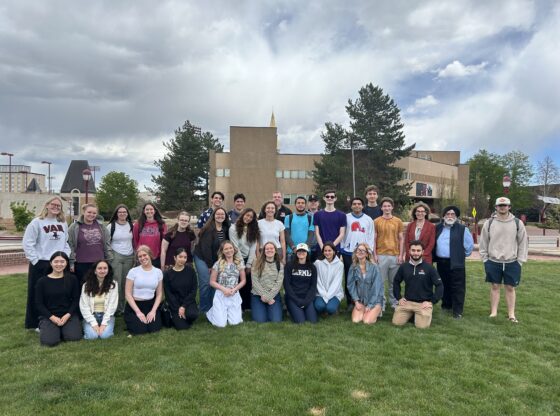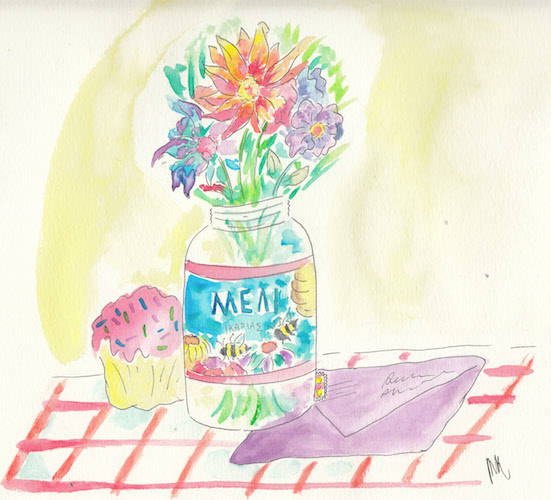Based on the bestselling book by Nicola Yoon, “Everything, Everything” is a film that will inevitably be compared with the 2014 hit screen adaptation of “The Fault in our Stars.” Had that film not come out, this 2017 execution of a teen romance would still suffer. However, the fact that there was a better version of this story just three years ago is what makes this hour and a half more agonizing than it would have been otherwise.
“Everything, Everything” focuses on Maddy Whittier, played by Amandla Stenberg (“The Hunger Games”), who is diagnosed with an extremely weak immune system (severe combined immunodeficiency). So weak, she is trapped in her house at the care of her overprotective mother. Looking out her window, Maddy locks eyes with the mysterious new neighbor Olly Bright, played by Nick Robinson (“Jurassic World”). From there, the puppy love emerges.
In a true millennial fashion, this film follows a monotonous Romeo and Juliet tale as Maddy and Olly sit beside their windows across from each other—flirting in the form of back-to-back texts due to Maddy’s inability to leave her home.
Although the occasional forced romantic dialogue and inside jokes reach a maximum amount of cheesiness, the collaborative moments between these two actors are this film’s saving grace. The witty banter is mostly charming and the awkward moments where Maddy and Olly leave their emotions unsaid are what make “Everything, Everything” less artificial, which is a plus, especially since the story loves to be as dreamlike as possible.
This is where “The Fault in Our Stars” surpasses this film. The predecessor was grounded even in its more illusory moments. Where they explain the couple’s trip to Amsterdam as a possibility thanks to the Make-a-Wish-foundation, “Everything, Everything” assumes its audience will understand that two unsupervised teens are able to suddenly go to Hawaii just because they have access to a credit card.
Hazel and Augustus complement each other nicely as they unselfishly help improve the other’s life. Maddy and Olly, on the other hand, just glance lovingly at each other with this unrealistic disease serving as more of a crutch for the story. One could even argue that the tale may be more compelling if it removed the disease altogether and instead shifted to Olly’s point-of-view, focusing on his family issues with his abusive father instead.
“Everything, Everything” is cute but is poorly handled. Its demographic, pre-teens and teenage girls, deserves a more enriching story that builds healthy expectations instead of adding to the excessive pile of infeasible love stories. The better execution of this film’s doppelgänger makes this story unnecessary.











